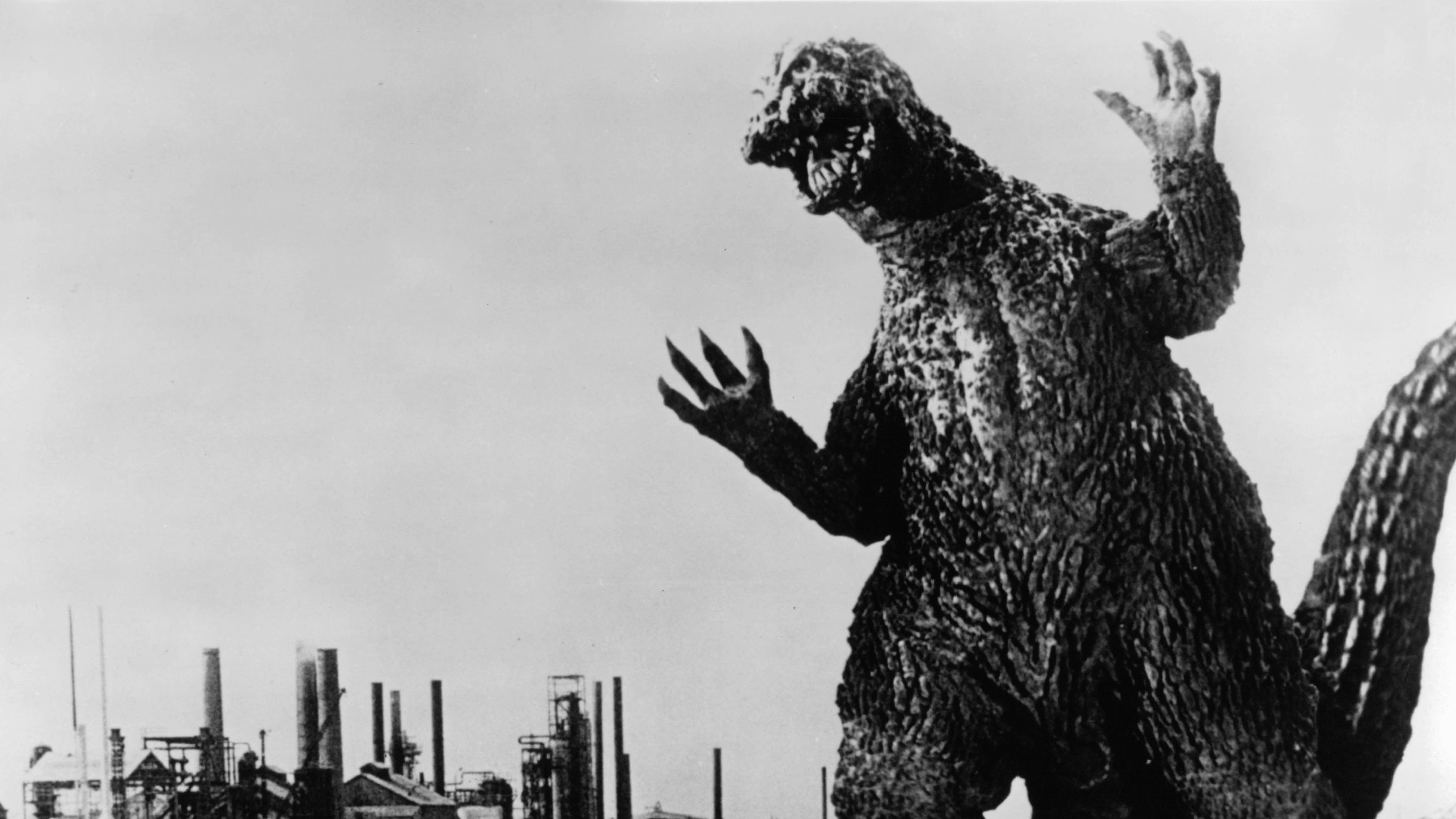Godzilla is back and bigger than ever
Can this radioactive lizard, the biggest yet, put the soul back in the monster movie?
Toho/Getty Images
Share

Since the beginning, movies have been obsessed with scale. In 1915, following the release of D.W. Griffiths’s controversial epic Birth of a Nation, cinematographer Karl Brown recounted the industry’s snowballing fascination with size. “Bigger and better became the constantly chanted watchword of the year. Soon, the two words became one,” Brown writes, “and a sort of giganticism overwhelmed the world, especially the world of motion pictures.” Brown had no idea what awaited the industry. Awe soon turned to B-movie terror, and films became monstrous, an evolution that culminated in Godzilla. Since his introduction in Ishiro Honda’s original 1954 film, Godzilla has been the movie monster by which all others were judged, a measure of the scale of cinema itself. Sure, King Kong scaled a skyscraper. But Godzilla squashed them. He was so big, his Japanese creators at Toho Films had to cook up bigger monsters for him to battle: Gigan, Mothra, even Mechagodzilla (an evil doppelgänger robot from outer space).
Now the “king of the monsters” is returning to a movie landscape he helped define. “He’s about 350 feet tall,” says Jim Rygiel, the Oscar-winning visual-effects artist responsible for bringing the monster back to the big screen in Gareth Edwards’s upcoming film, Godzilla. “We’re trying to find that happy medium where he can believably fit in San Francisco, while having the capability of destroying it.”
This latest Godzilla is twice the size of Honda’s original creature. It’s also got about 20 whole metres on Gipsy Danger, the towering human-piloted mech robot of last summer’s monsters-vs.-robots beat ’em up, Pacific Rim. But just as Honda’s original giant lizard pulled double-duty as an allegory for Japan’s post-Hiroshima nuclear anxieties, this new Godzilla promises more than the dread inherent in its size. It may well reshape a genre.
Tom Shone, whose book Blockbuster charts the ascendancy and bloat of big-budget Hollywood spectacle, says golden-era blockbusters of the 1970s and ’80s weren’t so obsessed with size for its own sake. “The first films of Spielberg and Lucas pitted speed against size,” he says. “They’re stories of asymmetric battle. Originally, scale and size were disadvantages in those films.”
Think of Indiana Jones outrunning that careening boulder in the opening of Raiders of the Lost Ark, or the Rebels’ nimble X-wings weaving through the canals of the planet-sized Death Star in the original Star Wars. But somewhere along the line—maybe it was the lumbering T. rex snatching up the sprightly raptors and saving the day in Spielberg’s Jurassic Park—size won out. When Godzilla was in America, in Roland Emmerich’s much-maligned 1998 adaptation, its tagline nailed Hollywood’s conflation of bigger and better: “Size does matter.”
Where a film like Star Wars used bigness to cast the hardscrabble nobility of its underdog heroes in relief, scale is now a measure of Hollywood’s own swollen grandiosity. Michael Bay’s Transformers films pit rival factions of intergalactic shape-shifting robots against each other, while the human cast scrambles around on the periphery, slack-jawed and dumbfounded, a surrogate for the modern moviegoer. Giganticism isn’t just overwhelming the world of motion pictures. It’s crushing it. “It’s about scale, size and the superman,” says Shone. “There’s very little human vulnerability.”
Edwards’s new Godzilla aims to restore some of that vulnerability. The director’s previous film, 2010’s microbudgeted Monsters, used an alien invasion as the backdrop to a more humane love story. It was very much a film about the little guys. And while Rygiel notes that the titular lizard remains the star (“It’s called Godzilla, so we have to have a big monster in it”), an international cast boasting Breaking Bad’s Bryan Cranston—graduating from drug-cooking chemist to fretting nuclear physicist—Ken Watanabe, Sally Hawkins and Juliette Binoche substantially boosts the movie’s credibility. “Those are two names I’d never thought I’d hear in one sentence: Juliette Binoche and Godzilla,” laughs Shone. “It’s the classiest cast ever assembled for a man-in-a-monster-suit movie.”